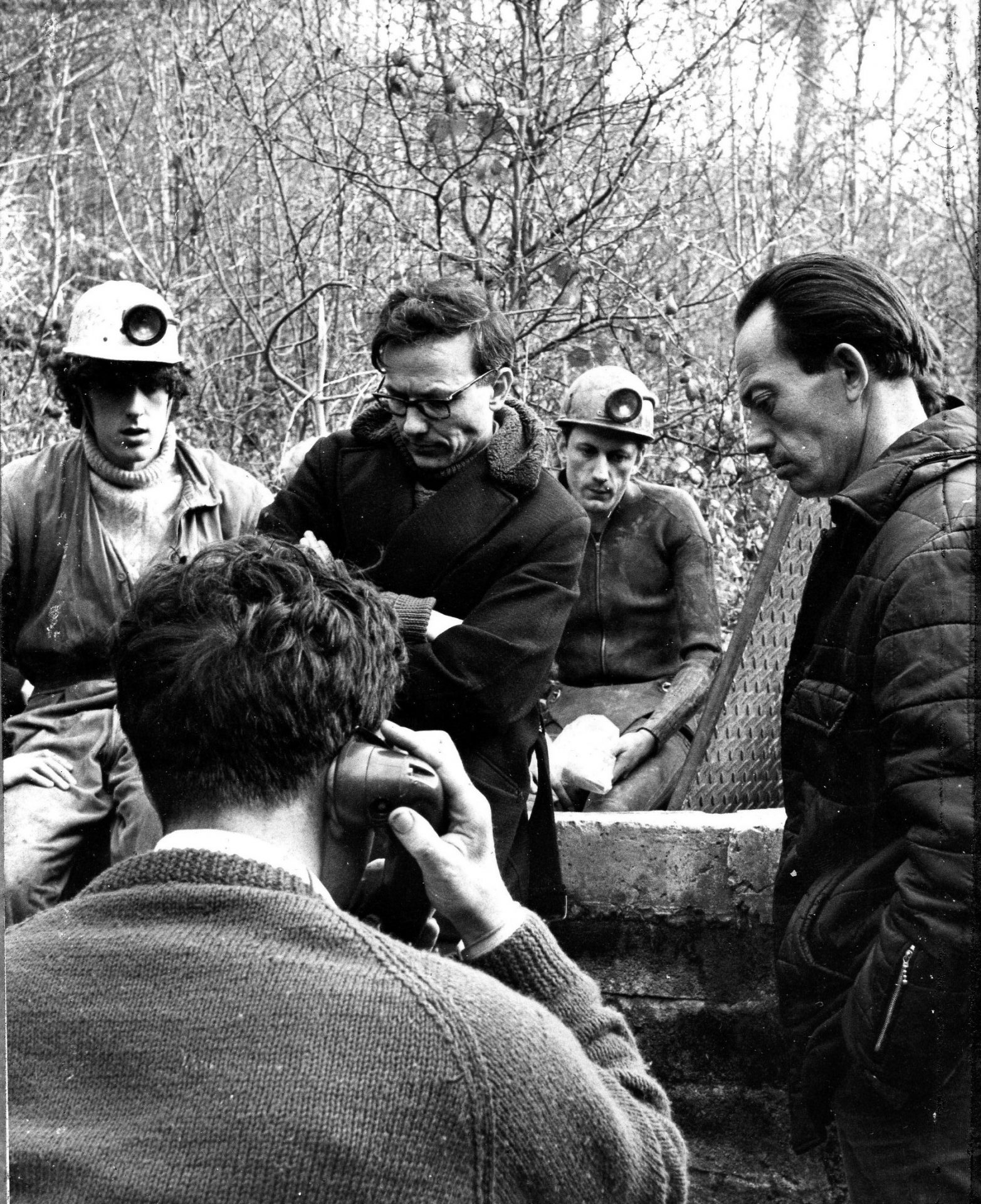
If you’re anticipating having a lot of time on your hands and wondering what on earth you are going to do with your time during what could be a protracted period of social distancing, then look no further! Here we review a book, full of interest to any caver, longer than a good few classic novels and with as much drama and suspense. What’s more, it’s entirely free, so if your finances are challenged, this will not only help in that respect, but also take your mind off these troubled times for many hours. Read on …
Perhaps the most dramatic event to potentially affect any caver, is having to be rescued from a cave or old mine. I am fortunate in that regard. The only time I fell underground, I was able to get back to the surface with the help of my companions, and without the need to involve a cave rescue team. Like me, I hope you have never needed to be rescued from a cave, but if it ever happens, you can be very confident that you will be in the most capable of hands, with the best chance of being brought to safety by a thoroughly dedicated and professional team. Now you can read an unprecedented account of countless rescues and similar incidents, thanks to a recently-published work, freely available to anyone.
Decades of material about cave rescues can now be explored, thanks to a newly published volume, which may be downloaded free of charge from the Mendip Cave Registry and Archive (MCRA) website. Anyone who has ever undertaken more than superficial research into a specialised field will understand how frustrating it is to look for information in documentary sources, without an easy means to search for key words, names of individuals, or place-names. So when a significant archive is collated and published online, it’s good to be able to acknowledge the hard and often tedious work done by those who transcribed it all.
Alan Gray has now published in the region of 750 pages of detailed rescue logs, club and personal records, and newspaper extracts relating to underground rescues in and around the Mendip Hills. The online volume is called A History of Mendip Cave Rescues and Incidents, and can be found on the MCRA wiki pages.
With the current COVID-19 pandemic crisis raging, and many cavers likely to be hunkered down at home looking for things to occupy their time, this free online book must surely be a top-ten candidate for reading material.
Short of becoming a member of a cave rescue team, I cannot think of a better way to appreciate the skills and dedication of rescuers than to browse this catalogue of rescue reports. You can seek out the names of caves you are familiar with, and the names of cavers you know. Discover how easy it is to get into trouble on a normal caving trip. See how cavers you consider the best of their kind can also get into trouble, and why the concept of a self-help rescue set-up is so effective and enduring.
Of particular interest to me was the rescue of a caver from my own club, from the Longwood-August system in 1970. This was several years before I started caving, but that incident led directly to my club enjoying the use of a small caving hut nearby where I have spent many enjoyable weekends with great friends, exploring the caves and appreciating the peace and tranquillity of the Longwood nature reserve.
The juxtaposition of rescue team reports and cavers’ logbook entries with accounts published by newspapers is also very revealing, demonstrating how frequently the urge to publish a dramatic account for maximum effect trumps the more laudable duty to present a truthful and accurate narrative.
I have only once been involved in a significant rescue in Somerset, and this book reminded me of a number of facts and details of that rescue that I had clear forgotten. This is a book that is best appreciated by dipping into it, and once you have started you will rapidly disappear down the rabbit hole of rescue.
You will find out that cave rescuers are just cavers, like you and me. If you are not actively part of a cave rescue team, I hope that absorbing yourself in this book might inspire you to get in touch with a team, and go along to their next rescue exercise. I hope this book inspires all cavers, young and old, to get involved, and that it persuades younger cavers to offer their time and skills, which will ensure that voluntary cave rescue teams continue to grow and excel in their service to all cavers.
To find out more about Mendip Cave Rescue, or to find out how to join, visit the MCR website.
To find a cave rescue team more local to you, visit the British Cave Rescue Council website.
Reviewed by Peter Burgess.
